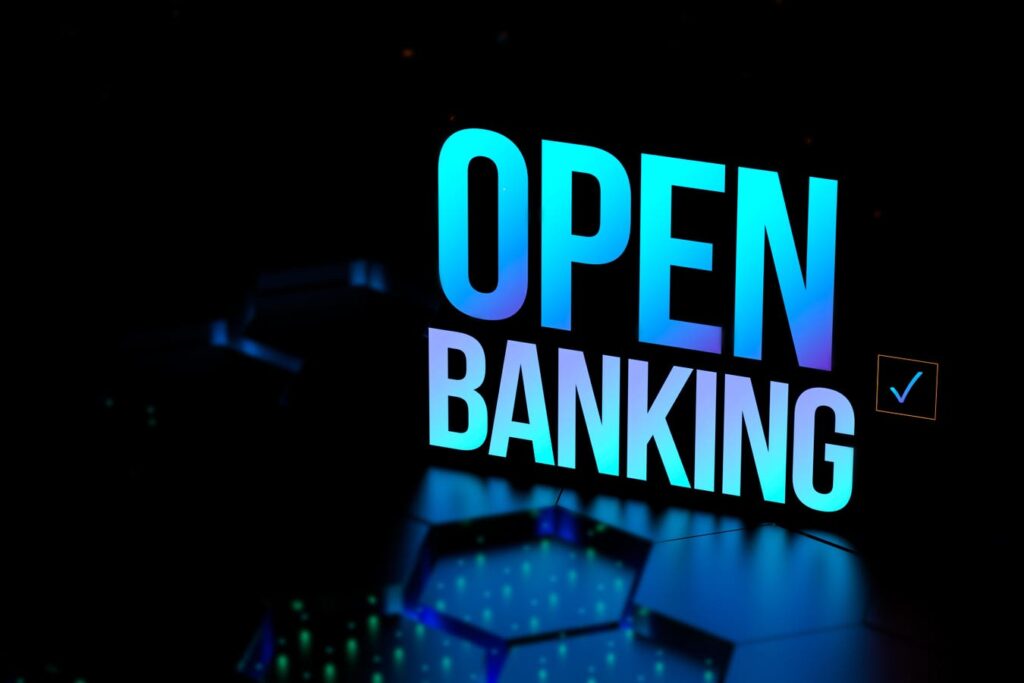As the landscape of the banking sector evolves, new regulations are set to transform how banks interact with their customers and compete for their business. The Consumer Financial Protection Bureau (CFPB) recently finalized open banking rules, known as Regulation 1033, aimed at enhancing customer autonomy in the management of financial data. Traditionally, transferring an account from one bank to another could be a cumbersome process, often discouraging customers from switching to better options. However, these new regulations mandate that financial institutions facilitate an easy transfer of customer data and transaction history. Consumers will now have the ability to direct banks to move accounts seamlessly to competitors, enabling them to utilize third-party applications effortlessly and without incurring additional costs. The initiative aims to empower consumers, making it increasingly important for banks to provide better services and customer satisfaction to retain their clientele.
In a related development within the credit card industry, Apple and Goldman Sachs have recently faced scrutiny and penalties from regulators over the mishandling of Apple Card accounts. The CFPB has ordered the companies to pay $89 million due to deceptive marketing practices and for improperly handling disputed transactions. This enforcement action highlights the importance of accountability in the financial sector, especially when it comes to consumer trust and customer service. Moreover, Goldman Sachs has been restricted from launching new credit products until they can demonstrate compliance with regulatory standards. This incident reflects an increasing trend among regulators to hold financial institutions responsible for their practices, demonstrating that consumers will demand more from both tech-driven and traditional financial products.
As consumers navigate their financial choices, the digitization of services continues to shape customer experience. Recently, credit card companies have incentivized customers to transition to digital statements through the introduction of fees for paper statements. Institutions like Synchrony Bank are charging a fee for customers who prefer physical statements, and major banks such as Citibank have mandated that customers access their accounts exclusively through paperless means. This push towards digital-only communications raises concerns about consumer preferences and accessibility, particularly for those who may not have easy access to technology or prefer traditional methods of engagement. This trend indicates that financial institutions are keen on reducing costs associated with physical statement production, yet it also highlights a growing divide that some customers may experience in an increasingly digital banking environment.
Holiday spending patterns indicate that many consumers are gravitating toward credit cards for purchasing, with a significant portion still grappling with debt from the previous season. A recent report by NerdWallet reveals that 28% of credit card users have yet to pay off their holiday spending from last year. With anticipated increases in spending this holiday season, consumers may find themselves falling further into credit card debt, emphasizing the need for prudent financial planning. As retail spending is projected to reach record levels, it is evident that an increasing number of shoppers are relying on credit cards for their purchases. The pressures of holiday spending could exacerbate financial difficulties for many, making it crucial for consumers to be aware of their financial habits during peak spending periods.
The risk of accumulating debt is further amplified by the rise of Buy Now, Pay Later (BNPL) options, which provide a fast and easy method for consumers to make purchases without immediate upfront payment. While this financial tool offers flexibility, it can also lead to reckless spending and a higher risk of default. A study by the Bank for International Settlements indicates that users of BNPL services exhibit significantly higher delinquency rates compared to traditional credit users. This phenomenon underscores the potential dangers of BNPL programs, particularly among consumers who may already be struggling with their financial liabilities. As these lending practices continue to proliferate, consumers must remain vigilant about the implications of utilizing such services and ensure they are managing their total debt responsibly.
Lastly, in the evolving credit card landscape, companies are introducing new features and incentives to stay competitive and appeal to consumer preferences. An example is Capital One’s recent rebranding of its cash-back card, now named the Capital One Savor Cash Rewards Credit Card, which offers an enticing welcome bonus and lucrative ongoing rewards for various spending categories. As consumers increasingly seek value and rewards in financial products, companies must adapt their offerings to meet these demands. Coupled with the newfound transparency and portability brought by regulations like the CFPB’s open banking rules, financial institutions are under pressure to innovate their products and maximize customer satisfaction. The competitive atmosphere in banking and credit is intensifying, leading to a potential renaissance in consumer empowerment and personal finance management as customers become more discerning about where and how they choose to invest their money.

